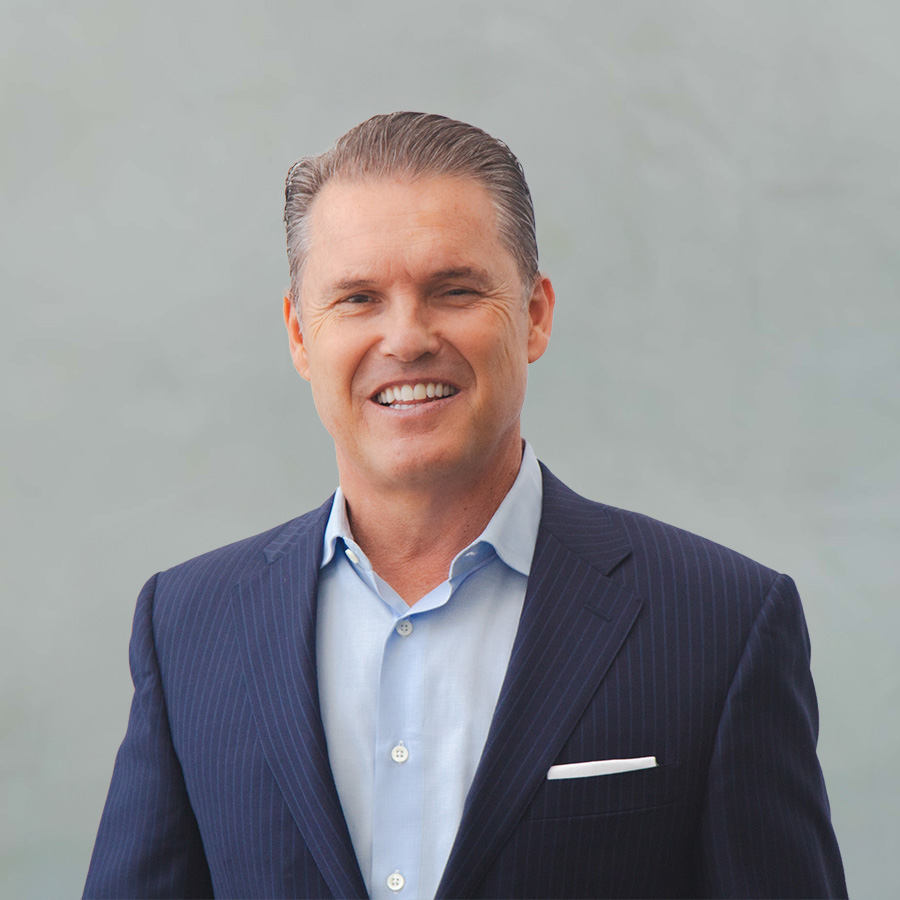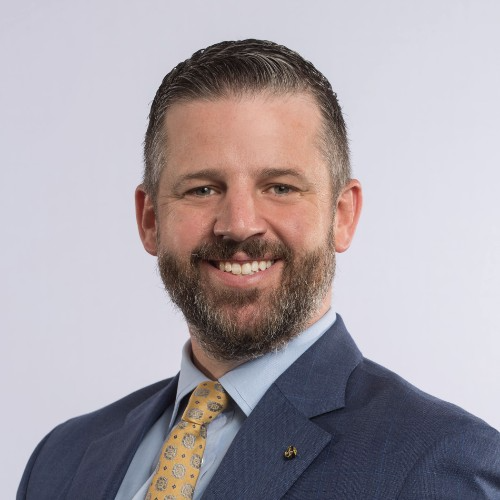Private equity (PE) and institutional investors continue to expand their footprint in the wealth management industry, fueling record dealmaking, consolidation and valuations. RIAs have become prime acquisition targets, a testament to investors’ confidence in their return potential.
This influx of capital is reshaping the competitive landscape and prompting firms that have avoided outside investors to find new ways to grow while staying true to their models.
The backing of deep-pocketed investors can simplify growth in some respects, but it comes at a cost. Obligations to outside investors and restrictive time frames can limit true independence. Still, these backers provide resources to execute growth plans – a different kind of freedom.
Leaders at independent broker-dealers (IBDs) and dual-registrant firms that have committed to staying outside the PE sphere say their hands-off approach doesn’t limit their ability to thrive or support advisors. In fact, they emphasize the strategic benefits of their independence.

According to Tarah Williams, President and COO of Prospera Financial, independent broker-dealers and dual-registrant firms can strengthen their growth by focusing on the fundamentals advisors and clients value most – stability, culture and flexibility.
“Without private equity ownership, we’re not beholden to outside investors or short-term ROI targets,” she said. “This enables us to make long-term investments in technology and service, adapt more quickly to market changes and provide advisors with a consistent platform for growth. By staying focused on advisor success rather than investor returns, we create an environment where top professionals thrive and where our growth is both disciplined and sustainable.”
David Fischer, Co-Founder at Independent Financial Group (IFG), maintains that accepting PE investment can compromise a firm’s ability to serve advisors and clients because providing good service is not on the agenda of PE investors.

“We would suggest that the interest PE firms have in RIAs and their aggregation has nothing to do with providing an improved overall experience for the advisors or clients of RIA firms,” Fischer said.
“The interest of PE firms in RIAs rests on their ability to grow and scale for growth’s sake over a relatively short period and then flip or sell their interest for a significant profit. At IFG, we have always been about what is best for our affiliated financial professionals and their end-clients, so PE interest and what their investment really means to those constituents is counter to everything we’ve built our business on.”
The presence of PE in the independent wealth management space has driven an explosion of consolidation and M&A activity among RIAs, with deal activity in 2025, as of October, already surpassing the record pace of 2024.
That’s not surprising to some industry veterans. Jeff Vivacqua, President of Growth and Development at Cambridge Investment Research, points out that private equity firms typically concentrate on merger and acquisition opportunities within the RIA space rather than on driving organic growth.
“Given the higher number of RIA firms compared to IBDs and dual-registrant firms, it makes sense that private equity is pursuing serial acquisitions within that channel,” he said. “On the other hand, IBDs and dual-registrant firms have long pursued a more balanced approach to growth – through recruiting, organic development and strategic acquisitions – well before PE’s interest in the RIA space emerged.”
Thanks, But No Thanks
The majority of PE interest remains focused on the RIA-only segment. Does this disadvantage firms with other business models? Experts highlight the strengths of the IBD and dual-registrant model and are content to stay outside PE’s crosshairs.

“IBDs serve as the value dominators in the ecosystem, driving growth and benefit across all participants, while PE firms often act as physical dominators, extracting value primarily for themselves,” Vivacqua said. “Rather than focusing on short-term gains, IBDs and dual-registrant firms prioritize advisors’ long-term plans through consulting, collaboration and sharing best practices to create not just new growth, but sustainable growth.”
Williams adds that Prospera’s independent structure allows the firm to move decisively and with purpose, free from the pressures of outside investors or rigid timelines.
She explains that this approach ensures every decision supports the long-term success of advisors and clients. It also allows the firm to attract top advisors who prioritize culture, stability and autonomy, invest in technology and service improvements that enhance the advisor experience, and pursue only those acquisitions that align culturally and strategically rather than financially.

Joe Mallee, Head of MassMutual Financial Advisors, believes the business model under which his company operates – owned by its policyholders and members – offers financial advisors and clients an ecosystem that RIAs strive to emulate.
He said firms with this kind of structure give advisors room to use both commission and fee-based planning, which helps them address a wider range of client needs. He added that local leadership teams provide guidance and operational support that can help advisors build their practices, support that is not always available in RIA-only firms.
The Future And The Long Game
Despite, or perhaps because of, demographic headwinds, succession challenges and a looming advisor shortage, PE interest in acquiring independent wealth management firms shows no sign of slowing.
What does the future hold for firms that remain beyond the reach of PE investors? Executives remain confident in the wisdom and strength of their models.
“As the keystone of the ecosystem, IBDs and dual-registrant firms prioritize advisor satisfaction over PE returns, client outcomes over short-term financial targets, and flexible, customized solutions over a one-size-fits-all approach,” Vivacqua said.
“This flexible business model creates a culture that advisors and associates can feel – a culture that drives meaningful impact rather than following the latest market trend. Ultimately, commoditization stifles innovation, while a flexible, advisor-focused model fosters sustainable growth and long-term success.”
Williams said she hopes to balance scale with a more personal approach, which she believes makes her firm a unique presence in the industry.
“We are constantly expanding our capabilities while preserving the entrepreneurial culture that keeps top-tier advisors engaged and productive,” she said.
Firms that remain PE-free view themselves as stewards of independence, emphasizing freedom, flexibility, choice, opportunity and empowerment, and as well-positioned to deliver the service and support advisors need to thrive as entrepreneurs and wealth managers.
That’s why Fischer said his firm prioritizes the quality of its relationships with advisors and clients rather than focusing on size.
“Clients are often frustrated by poor service from a mega provider, which is frequently due to a lack of a meaningful relationship,” he said. “And real relationships are central to our business model.”
“Many firms talk about community, but few operationalize it. We make collaboration practical, connecting advisors who want to co-serve households, refer across specialties or buy and build. Growth is easier when you can learn from peers and partner on real opportunities, not just swap business cards at a conference.”
Mallee notes that as a mutual life insurance company, the firm combines the independence advisors want with the resources and backing of a large institution, giving them the ability to run their own businesses while still benefiting from strong support.
He said the model allows advisors to maintain control of their practices while using shared resources and specialized guidance when needed.
“No one advisor needs to know it all, as they have highly experienced and credentialed experts at their fingertips, Mallee said. “This level of resources and scalability is difficult to duplicate.”
Janeesa Hollingshead, Contributing Editor at Wealth Solutions Report, can be reached at editor@wealthsolutionsreport.com.














